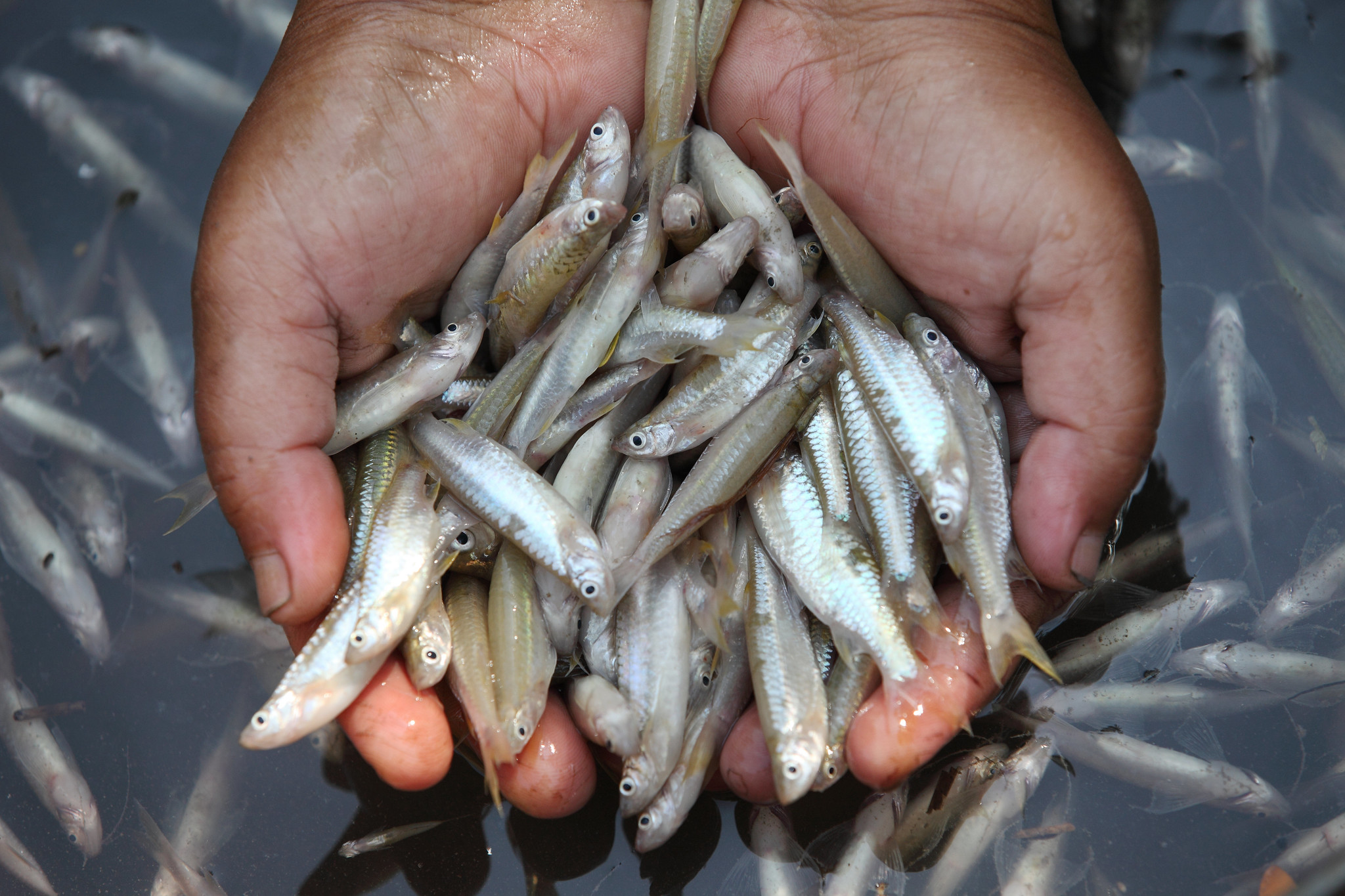
- A recent commentary published in Nature Sustainability offers a fresh perspective and critical re-evaluation of the environmental footprint of aquatic foods.
- The commentary revises the view that aquatic foods have a disproportionate environmental footprint, highlighting a balanced perspective based on their nutritional value to billions of people around the world.
- Aquatic foods are powerhouse sources of essential nutrients like minerals, vitamins, and omega-3 fatty acids, making them a vital part of a nutritious diet, particularly in communities in the global south.
A revealing commentary published in Nature Sustainability recently brings a new lens to the assessed environmental footprint of aquatic foods versus land-based food production. Critiquing and expanding on previous research, it adds depth and context to our understanding of aquatic foods’ impact on global ecosystems and their essential role in providing vital nutrients to 3.3 billion people globally.
Key Insights
The commentary offers a crucial re-evaluation of an influential assertion, reproduced in the Washington Post, that aquatic foods are responsible for 10% of the environmental impacts of food production but only contribute 1% to global food production. While true, in terms of the weight of food people eat – the bulk of food consumed is from just five staple crops - this apparently damning statistic doesn’t account for the nutritional density of aquatic foods. When considering the essential micronutrients they provide to billions of people around the world, their environmental footprint relative to their nutritional contribution is more balanced.
Aquatic foods are powerhouse sources of essential nutrients like minerals, vitamins, and omega-3 fatty acids, making them a vital part of a nutritious diet, particularly in communities in the global south.
Delving deeper, the commentary looks at the environmental pressures exerted by various aquatic foods which varies widely across different species and production modes. For instance, shrimp aquaculture has a higher impact, while bivalve aquaculture and fisheries for sardines, anchovies and herrings are options with lower cumulative environmental impacts.
“If we re-do the analysis in the original study, using nutrient richness instead of the calories provided by the food, and if we disaggregate regionally and by production system and species, we get a very different picture on the importance of aquatic foods. That picture leaves space for us to work with our partners – fisherfolk and aquatic food farmers - to find ways to transform our food production not only to more nature-positive but also more nutrition-sensitive ways.” – says Eddie Allison, WorldFish Acting Director of Sustainable Aquatic Food Systems and co-author of the commentary.

Need for a Nuanced Approach
The commentary invites a deeper look, encouraging assessments beyond highly aggregated production volumes and food groups, and highlights the potential pathways to sustainability, such as alternative feeds, lower-impact ways of fishing, and choices of species that deliver more nutrition with lower environmental impact.
In the complex landscape of food sustainability and nutrition, understanding the nuanced impacts and benefits of aquatic foods is crucial to pave the way for informed and sustainable choices and policies.
